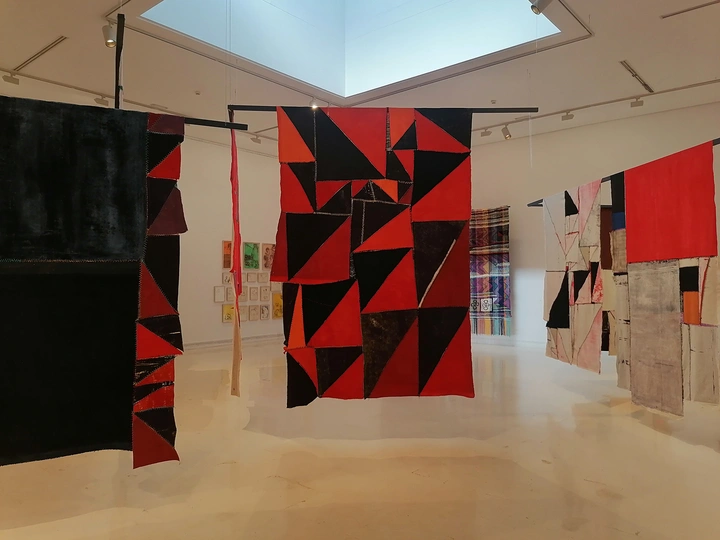The rise of libraries, the fall of museums

Dejan Vlaskalic is an architectural researcher with a BSc degree in Civil Engineering. In 90-ties his main interest was in museum architecture and mutual influence with exhibited art. Frequent stays in London offered him the opportunity to be in touch with contemporary UK architecture. His research he regularly shared with the participants of “Communications” symposium in Belgrade from 1995 to 1999 (last edition held in Montenegro). In the Museum of Contemporary Art in Belgrade he lectured “Museum architecture in the 21st century - between risk and fusion” (1996).
New millennium focuses his research on Third place architecture. He has written more than 50 articles about worldwide contemporary architecture for Serbian daily newspaper “Politika” in the last 4 years, including a series of 10 articles with the common title: “Library architecture in the 21st century”. For those articles he was among nominated authors for “Ranko Radovic award” in architecture theory category (2020). That was the reason for the National library in Belgrade to ask him to be editor of architecture part of their Herald 2021, writing one of the articles as well. At the end of 2021, in the ICOM (International Council of Museums) magazine his article: “Gehry’s talks with Van Gogh in Arles” was published.
His name also could be found in the MIT Press book “Modernism in Serbia: The Elusive Margins of Belgrade Architecture, 1919–1941” (written by Ljiljana Blagojevic, 2003) where he was in charge of photographic preparation. Constantly interested in the history of architecture, he lectured “Louis Kahn - A symphony of light and silence” (2021) and "Bogdan Bogdanovic, 1922-2010" (2022) in the famous Kolarac hall in Belgrade.
During international conference “Synergy of Architecture & Civil Engineering” in September 2023 (Nis, Serbia), he had oral presentation of his paper “21st Century Architecture Trends - New Clockwork Orange Challenge”.
The beginning of the 21st century shows that there are a deficit of good museum architecture and the rise of successful library architecture. In parallel functions, such as a place of social gathering, today's libraries are more successful. The once much sluggish institution of the library is today much more alive than the sleepy museums. Perhaps the fear of a reduced readership left the library decision makers and the architects focused. What is the way to wake up museums? Maybe an exchange of content: move books to museums and pictures to libraries. Hang books to be watched in a distance, put pictures on shelves so they can be pulled out and viewed freely? What would be the role of architects in this culture switching?